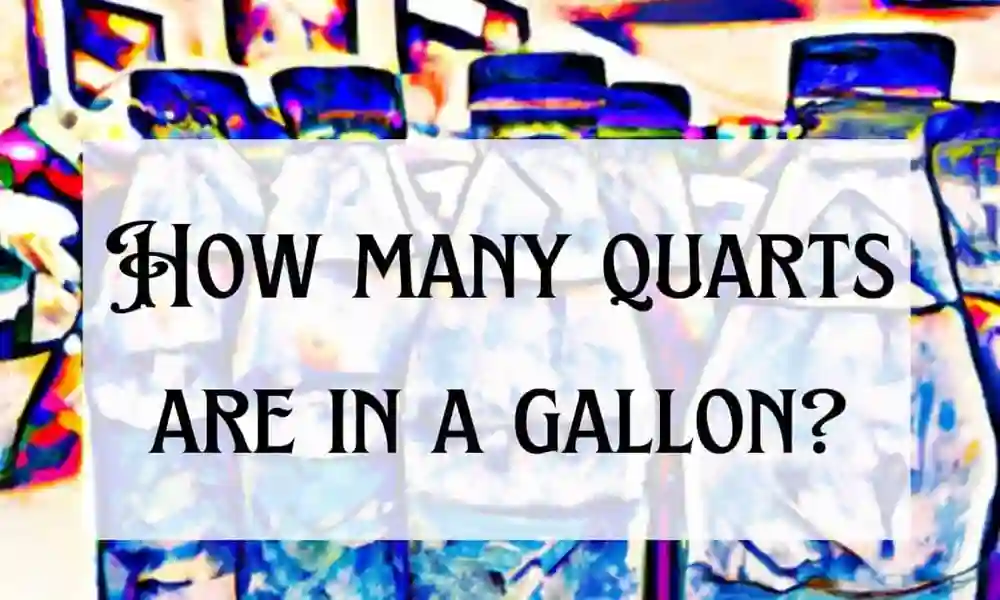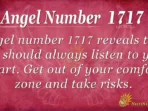Alright, let’s cut right to the chase: how many quarts in a gallon? The answer’s a straightforward 4 quarts. Yep, just four. But hold on, before you roll your eyes and think, “I already knew that,” let me take you on a slightly weird, yet oddly charming journey through quarts, gallons, and why it’s actually kinda useful to know this stuff without sounding like you’re reading off a textbook.
Why Even Bother With Quarts and Gallons?
Honestly, I didn’t care much about this until I was trying to bake cookies with my grandma. She said, “Add two quarts of milk,” and I stood there like a deer in headlights. How many cups is that again? And where does a quart fit into this whole liquid measuring mess?
Turns out, quarts and gallons aren’t just random words from an old-timey measuring dictionary. They have history. Like, in medieval times, gallons were a way to measure ale and wine—yes, people back then definitely cared about their drinks, just like me trying to make the perfect chocolate chip batch.
So yeah, knowing how many quarts in a gallon isn’t just trivia. It’s practical. Plus, it can save you from those awkward “how much is that again?” moments when you’re half-awake in the kitchen.
The Simple Answer: 4 Quarts in a Gallon
No fancy formulas here—just the solid, reliable fact that one gallon equals four quarts.
Think of it this way:
- One gallon = 4 quarts
- One quart = ¼ gallon
Super simple, right?
But here’s where it gets kinda wild. This works perfectly in the U.S. customary system, but there’s also the British imperial gallon and quart, which are different sizes. More on that a bit later—because I swear, measurements were designed to keep things interesting.
Breaking Down the Gallon-Quart Relationship
Imagine you have a gallon jug of lemonade. Now, pour that into four smaller containers. Each one of those containers holds a quart. Easy peasy.
In real life, I remember pouring milk into the measuring cup and trying not to spill it all over the counter—because that’s how I roll. Quarts make it easier to measure when you don’t want to lug around a whole gallon.
Quarts and Gallons: Where Did They Come From?
Did you know that the word “gallon” might come from a French word “galon” meaning a measure? And that medieval gallons varied depending on what was being measured—wine gallons, ale gallons, corn gallons, all different?
Straight up wild, right?
Back then, measuring wasn’t standardized, which probably made cooking or trading a total headache. I guess it’s kind of like how my first bike had three speeds but never actually shifted properly—chaos every time I tried to go uphill.
The U.S. vs. The British Systems
Okay, here’s the nerdy bit but stick with me: the U.S. gallon is smaller than the British imperial gallon. The U.S. gallon is about 3.78 liters, while the British one is roughly 4.55 liters.
This means the quarts are different sizes too. So, how many quarts in a gallon? It depends on which gallon you’re talking about!
- U.S. gallon = 4 U.S. quarts
- British imperial gallon = 4 imperial quarts
Same number, different volume. Confusing? Yep. I once tried to explain this to my cousin and halfway through I felt like I was speaking Klingon.
When Do You Need to Know How Many Quarts in a Gallon?
Besides avoiding disaster in the kitchen, here are some real-life moments where this knowledge shines:
- Fueling up your car: Gas is sold by the gallon in the U.S., but sometimes you’ll see quarts for oil. Knowing how they relate helps you not overfill or underfill.
- Gardening and watering: Some fertilizers or pesticides might tell you how much to mix per quart or gallon of water.
- Camping and outdoor activities: Jugs of water often come in gallons, but smaller bottles might be quarts.
- Fishing or boating: You’ll hear about gallons for fuel or storage, and quarts for smaller containers.
I remember once on a camping trip, I accidentally brought just quarts of water thinking it was enough for the whole gang. Spoiler: it wasn’t. Lesson learned.
What About Cups, Pints, and Ounces? Where Do They Fit?
Since we’re already messing around with measuring liquids, here’s the quick scoop:
- 1 gallon = 4 quarts
- 1 quart = 2 pints
- 1 pint = 2 cups
- 1 cup = 8 fluid ounces
Putting it all together:
- 1 gallon = 4 quarts = 8 pints = 16 cups = 128 fluid ounces
I know, that’s a lot to digest. But when you break it down, it’s like Russian nesting dolls—each unit fits neatly into the next.
Quick Cheat Sheet for Liquid Measures
Here’s a simple list I scribbled on the back of a receipt once (before I lost it, of course):
- Gallon = 4 quarts
- Quart = 2 pints
- Pint = 2 cups
- Cup = 8 ounces
This little cheat sheet saved me tons of headaches when I was figuring out my first solo cooking attempts. Wrote this paragraph by hand. Then spilled coffee on it. Classic.
Fun Fact: Why Are There 4 Quarts in a Gallon?
You might be wondering, “Why 4? Why not 3 or 5?” Well, the division into four parts made sense historically. Back when units were more about convenience than science, dividing a gallon into quarters was handy.
It was easy to halve a measure twice:
- Half a gallon = 2 quarts
- Half a quart = 2 pints
- And so on…
Makes me think of those old timey bakeries where they’d cut bread into halves and quarters with such care.
But Wait, What’s a Quart Exactly?
A quart is a measure of volume, and it’s pronounced “quart” (not “kwart” even though it sounds like it). It’s about a quarter of a gallon.
In the U.S., a quart is roughly 0.95 liters (not exactly, but close enough to get by without your head exploding).
One thing I find kinda funny: quarts are often used for milk or ice cream containers in the grocery store. So, if you grab a quart of ice cream, you’re getting a quarter of a gallon of deliciousness. No complaints there.
Quick Quiz: How Many Quarts in a Gallon?
Let me test you real quick. Without scrolling back up, answer this:
How many quarts in a gallon?
If you said “four,” you’re already a measurement champ. If you hesitated or said something else, don’t sweat it. I still mess it up sometimes when I’m distracted or hungry.
Common Mistakes When Thinking About Quarts and Gallons
Here’s a little secret: I once told a friend that a gallon was 8 quarts. She believed me for a solid week before I confessed. Oops.
Common slip-ups include:
- Mixing up quarts and pints
- Forgetting that 1 gallon = 4 quarts
- Assuming the UK and US gallons are the same (they aren’t!)
- Confusing liquid quarts with dry quarts (yeah, dry quarts are a thing, but that’s for another day)
How to Remember How Many Quarts in a Gallon?
I use this simple trick:
“G” for gallon and “Q” for quart — and remember, the Q’s are 4 to the G’s 1.
Or, think of a pizza sliced into four big pieces — the whole pizza is the gallon, and each slice is a quart.
Honestly, picturing food helps me remember most stuff. Reminds me of that scene from House of Leaves, spooky stuff, where everything is about navigation and understanding space — except in this case, you’re navigating the kitchen.
Real-Life Example: Pouring Paint
Okay, one time I had to paint my living room walls, and the store gave me gallons of paint. I wanted to mix colors, so I grabbed a quart of a different shade.
Knowing there are 4 quarts in a gallon helped me eyeball the right mix ratio instead of turning the wall into a weird tie-dye disaster.
How Many Quarts in a Gallon: Recap
Let’s wrap it up nice and easy:
- One gallon = 4 quarts
- This applies to both U.S. and British systems, but sizes vary
- Quarts are super useful for smaller quantities
- Helpful in cooking, fueling, gardening, and more
- And knowing this fact makes you sound smart at parties (or at least less confused)
Final Thoughts
Honestly, I still sometimes catch myself pausing and thinking, “How many quarts in a gallon?” especially when I’m juggling cups, pints, and gallons at once. But this little nugget sticks easier when you tie it to real-life stuff.
So next time you’re staring at a milk carton or filling up your car, remember: four quarts make a gallon. Easy enough, right?
If all else fails, just ask someone and pretend you knew all along. That’s my go-to move.









